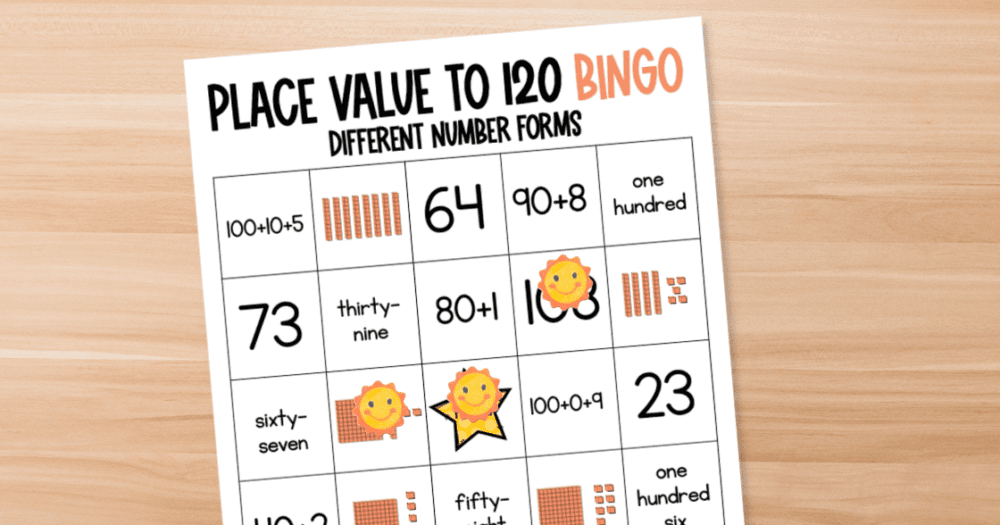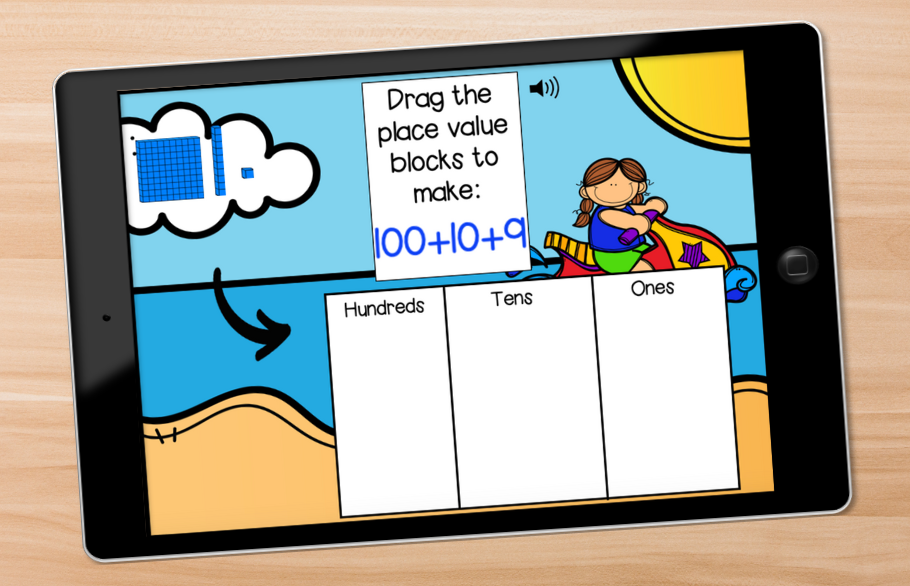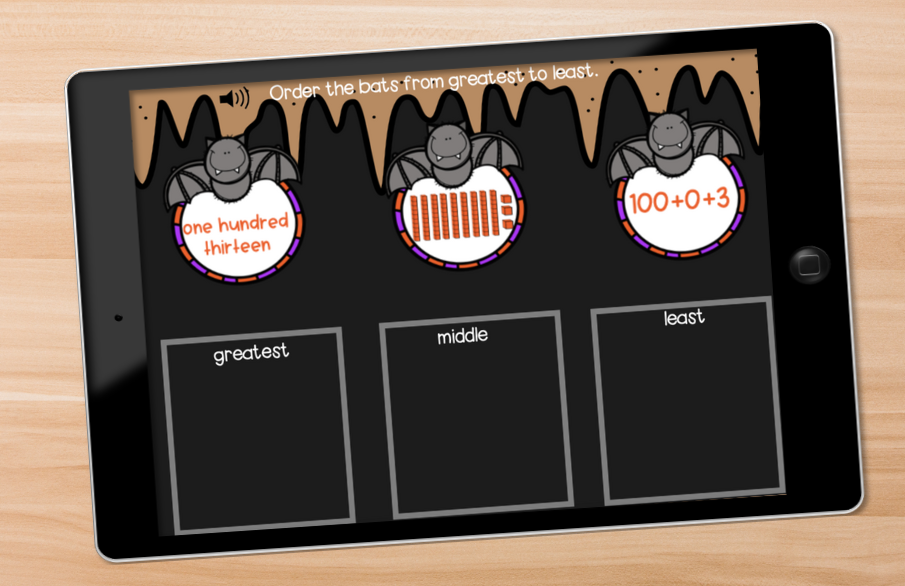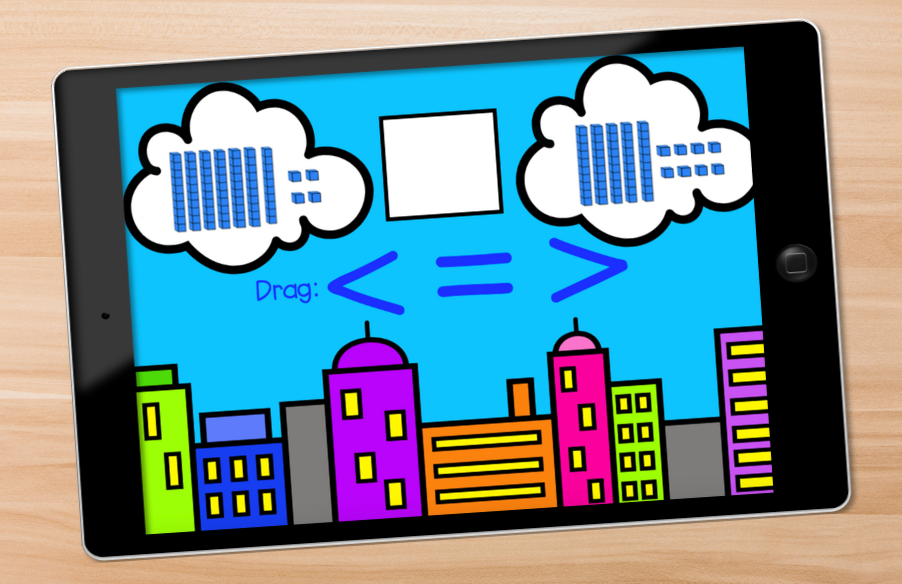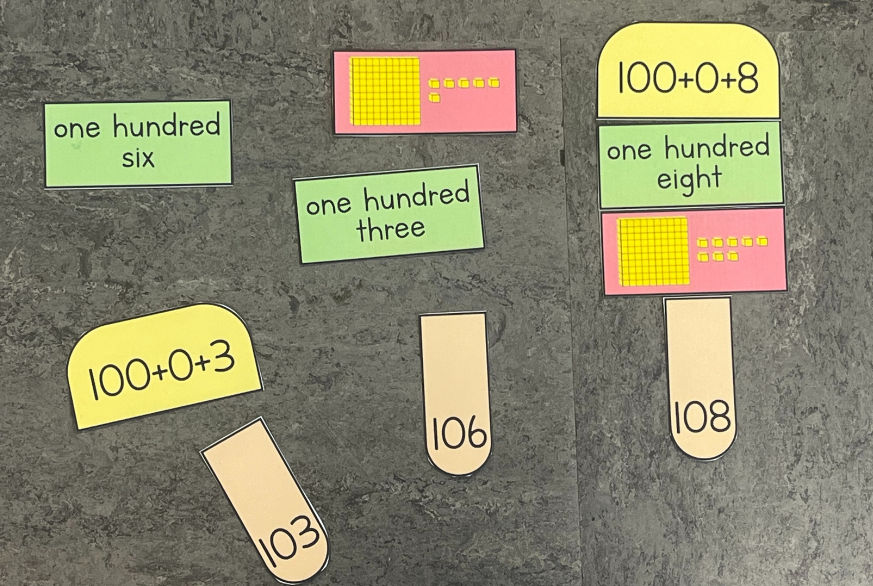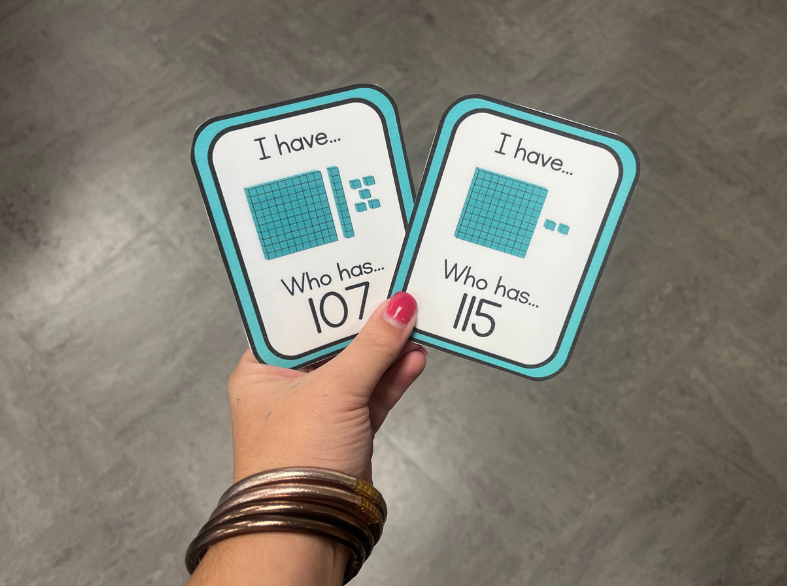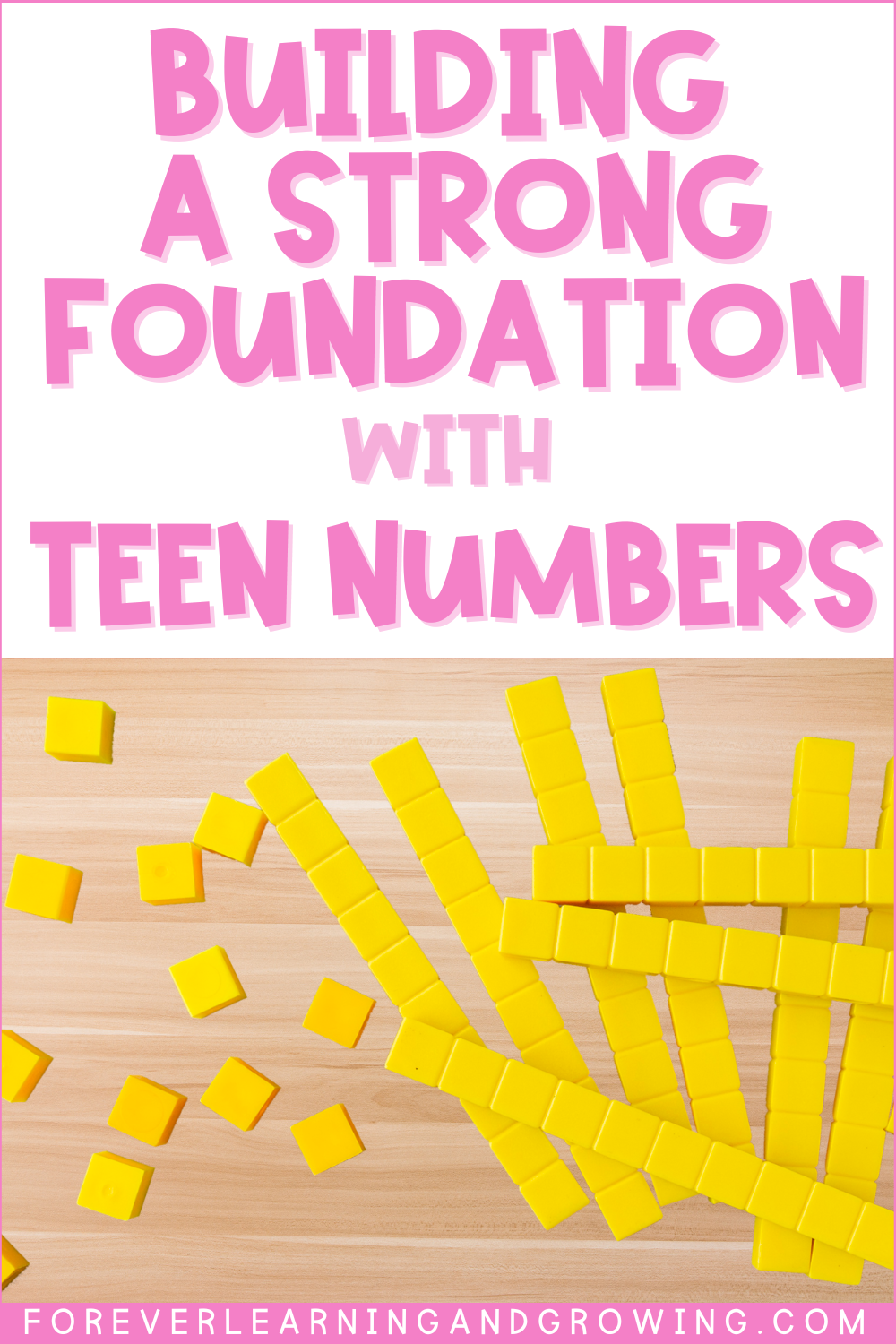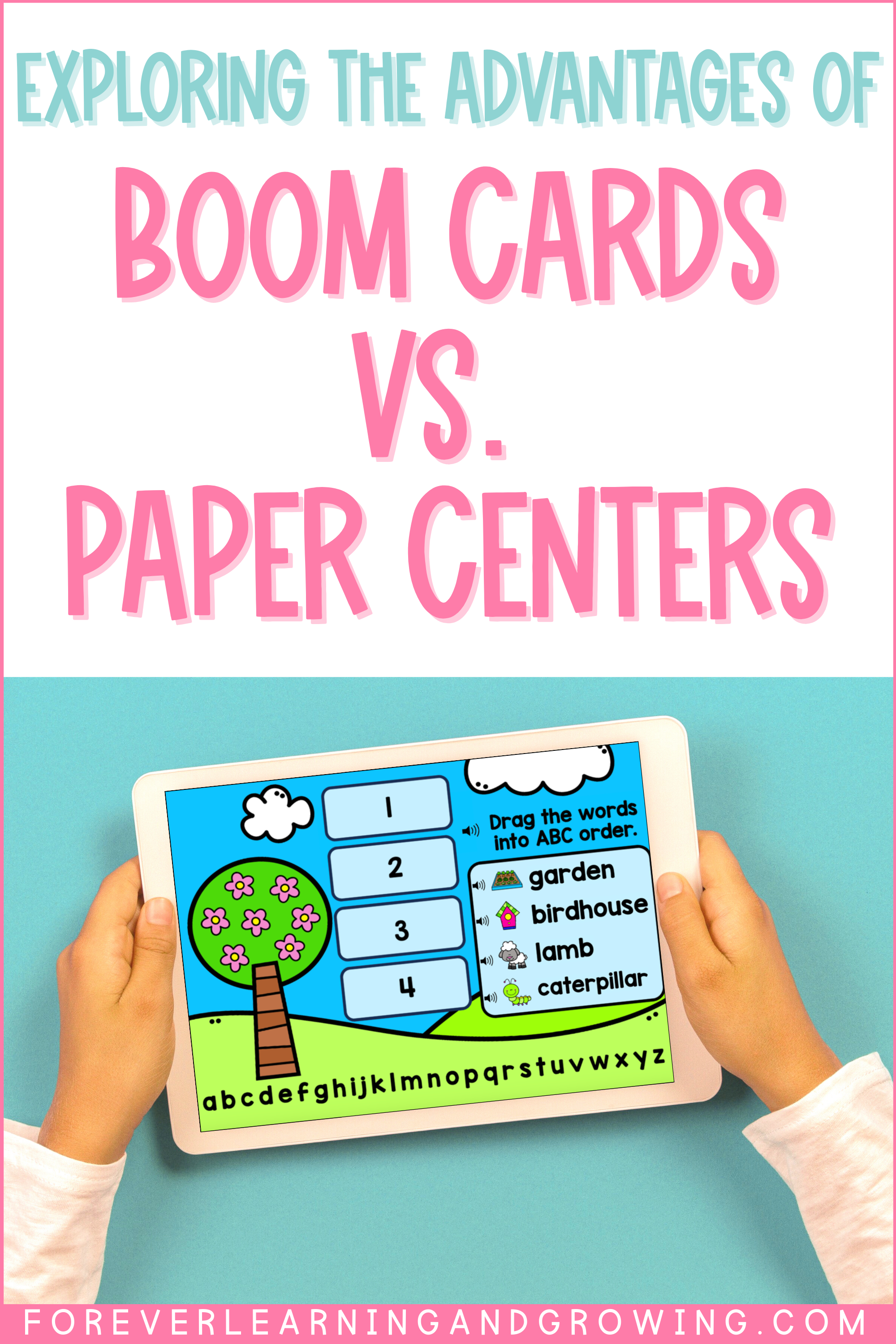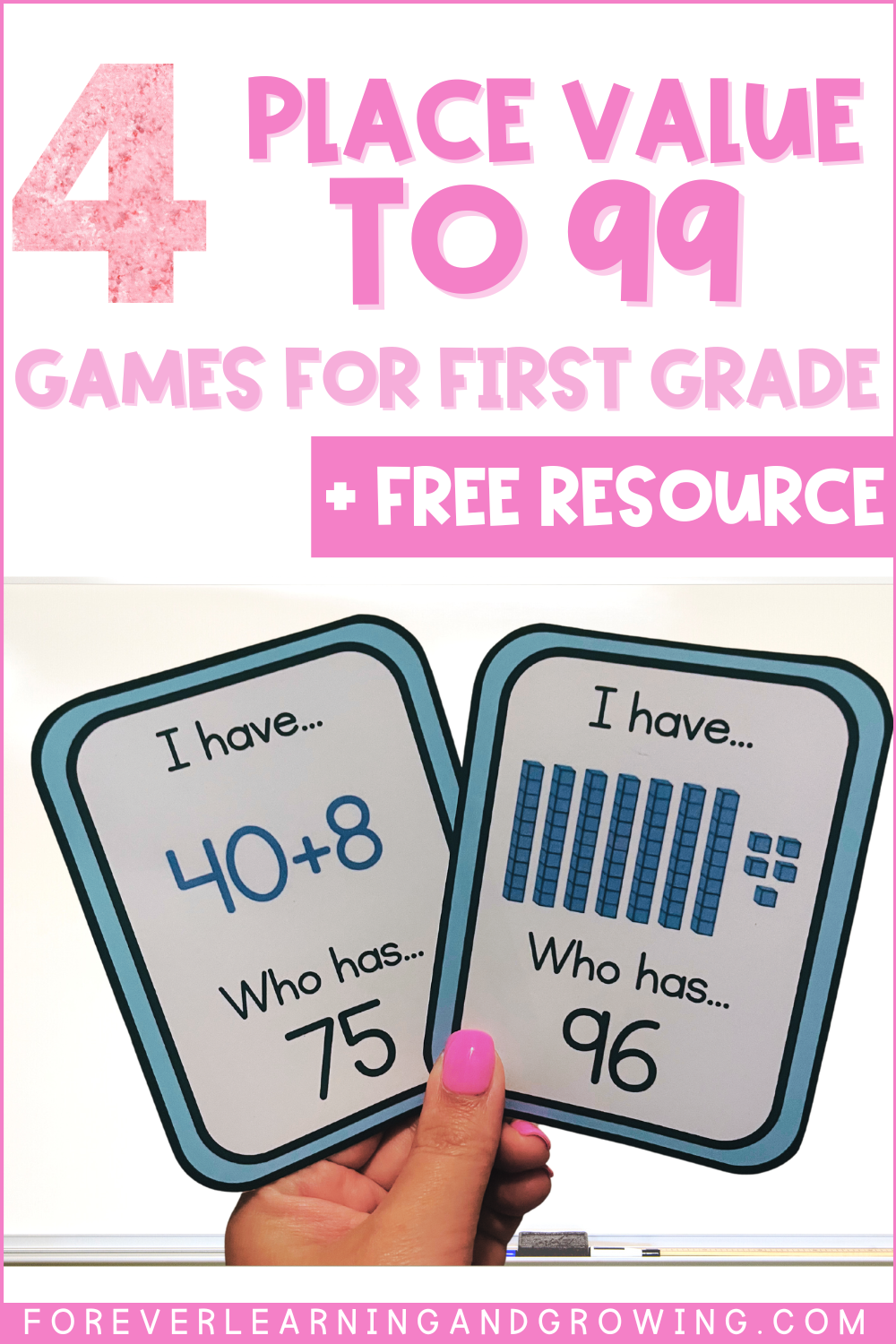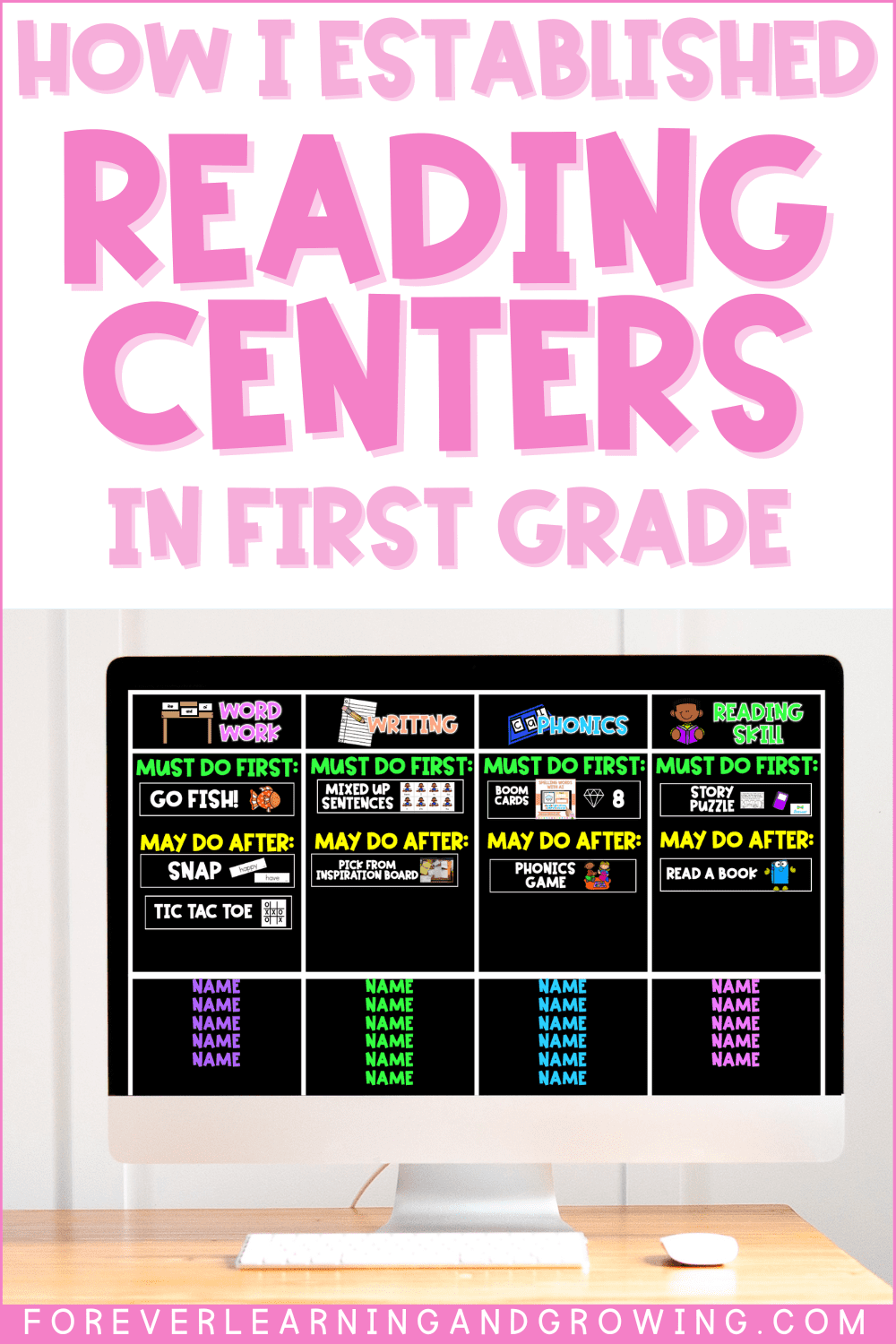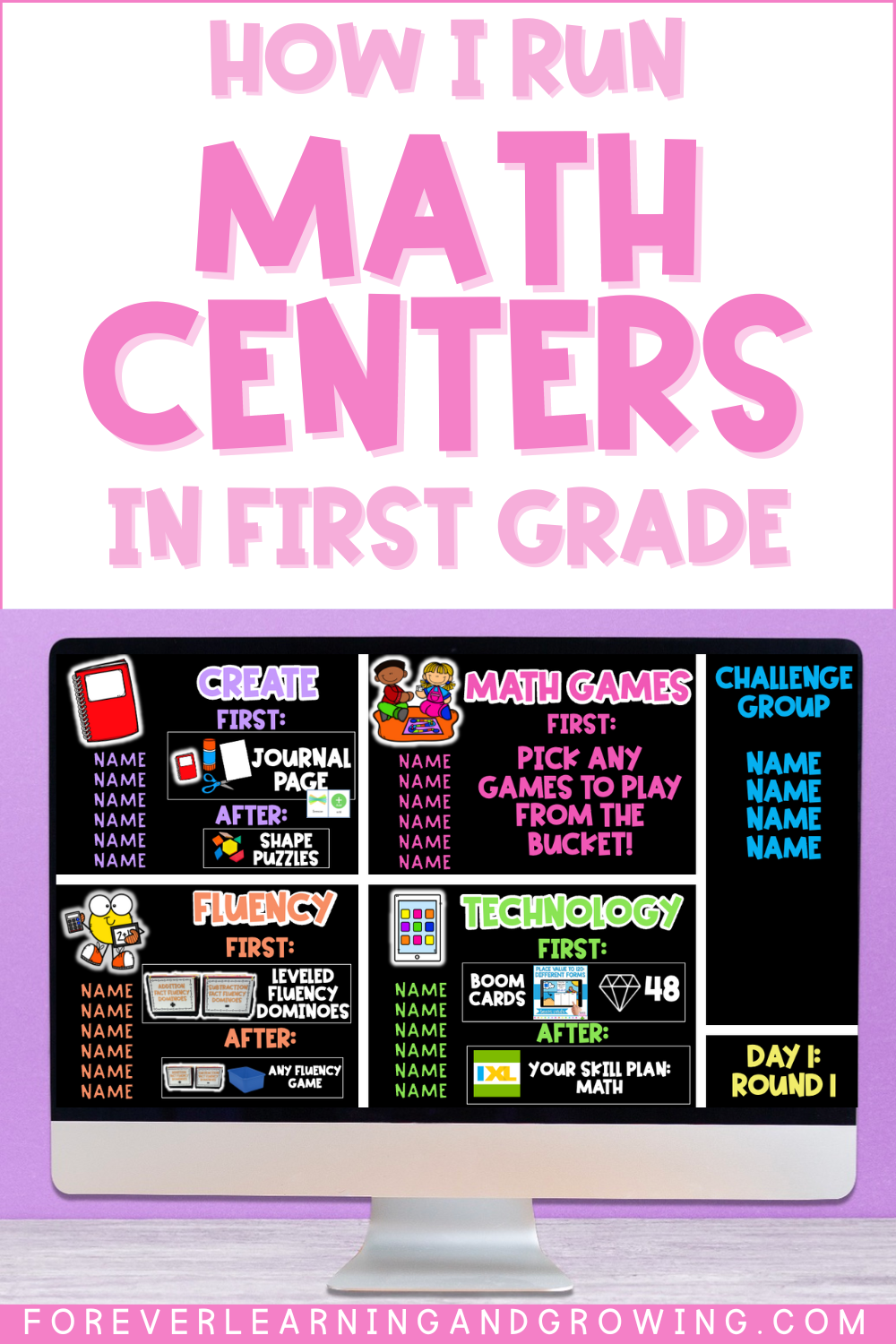7 Place Value Activities Your Students Will Love (Place Value to 120)
(This post contains affiliate links. If you click & purchase, I may receive a small commission at no extra cost to you. I only recommend products & services that I personally use or find value in.)
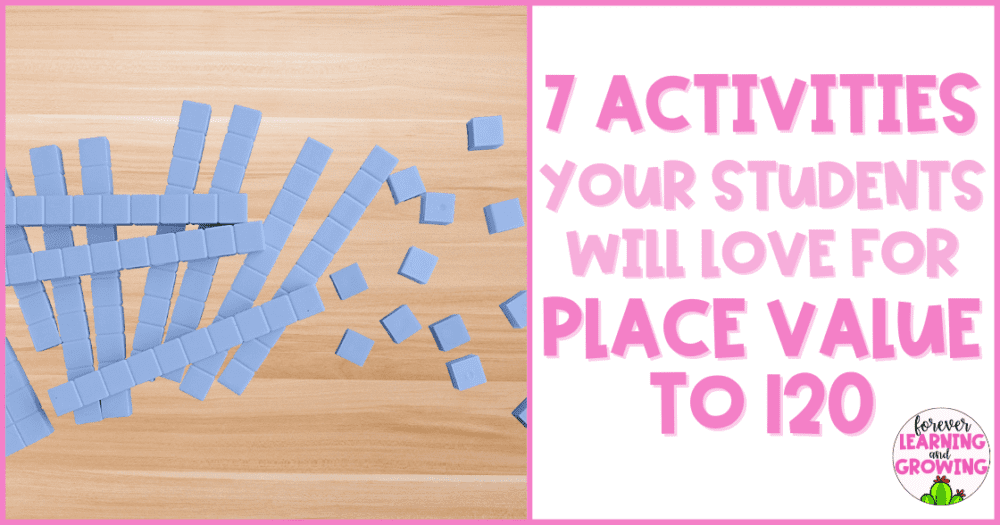
Place Value is one of the most important concepts we cover in first grade. Learning more about place value helps kids make sense of numbers. It’s a bit like learning the ABCs of math… it’s not just about knowing that 1, 2, and 3 exist; it’s about understanding that where they hang out in a number– whether it’s 123 or 321 matters a whole lot.
Learning about place value is one of the first steps in students’ mathematical journeys, and it’s the foundation for everything they’ll learn about numbers, from basic addition to more complex problem-solving down the road. So, in first grade, place value isn’t just a concept- it’s the key to mathematical success!
I’m all about making learning fun & engaging. Whether it’s through a class game or place value activity for centers, I want students to feel like they’re playing a game instead of doing lots of practice. Here’s 7 Place Value activities to try with your students for Place Value to 120!
Table of Contents
Place Value Activity #1: Place Value Bingo
When it comes to fun place value activities, Bingo is always a class favorite! With this activity, each student gets their own Bingo card. The teacher will use the call cards to call out numbers up to 120. Students have to look on their Bingo cards to see if they see that number represented in standard form, expanded form, picture form, or word form. If they do, they cover that spot. The first person to get 5 in a row win!
My class loves to use mini-erasers as counters or game pieces, and Bingo is no exception. I organize all my mini-erasers by shape in these drawers (which I absolutely love). The drawers work great because students can pull out a drawer to take to a game or their desk when needed and then slide it back in when they are done.

You can click here to grab the Place Value to 120 Bingo that comes with 24 unique Bingo cards!
Place Value Activity #2: Wheel Activities
I’ll be honest, I probably use wheels more than anything for place value! They’re so convenient and instantly make whatever we are practicing 100 times more fun!
Wheel Decide
Wheel Decide is a great website we use all year long in math. It’s a digital wheel that you can click to spin. You type what you’d like the different slots to be, click apply changes, and it’s done! You can project the wheel yourself for the whole class to view, or create a QR code to the wheel so students can access it on their iPads.
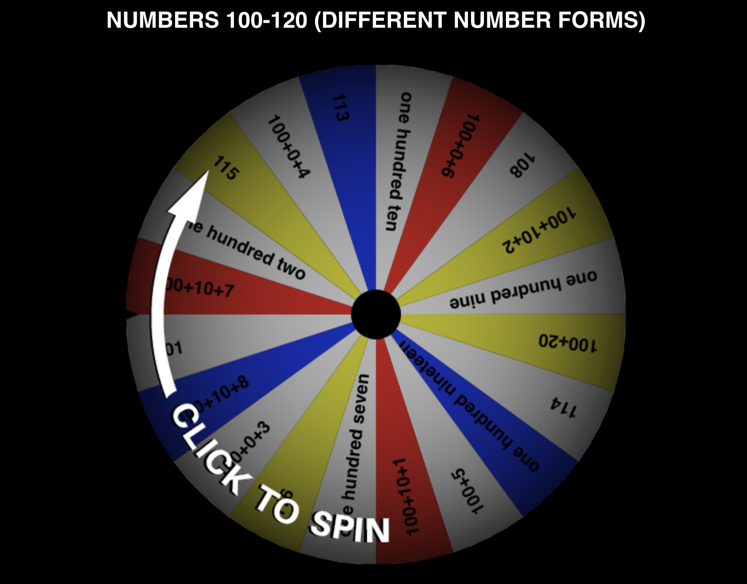
For place value to 120, I like to use Wheel Decide when we are first practicing representing the numbers in different ways. We will spin a number and then write it in standard form, expanded form, & picture form on our desks (they’re dry erase). We’ve also used it to spin a number and then practice generating numbers greater than or less than what we spun. Another great way to use the wheel is to have students spin 2 times to get 2 numbers and then compare those numbers with the greater than, less than, or equal sign.
You can click here to get a pre-filled in wheel for numbers to 100-120 only in standard form. If you prefer to use a wheel with numbers represented in different ways, click here!
Spinning Prize Wheel
One time during tutoring we needed to practice ordering numbers on a number line. I spotted my wheel across the room and brought it to the ground for us to “spin” the numbers to order. The great thing about this spinner is that you can use dry erase marker on it, so I filled the spaces with numbers for us to use. You would not believe how excited they were to practice ordering numbers just because they got to take turns spinning this wheel!
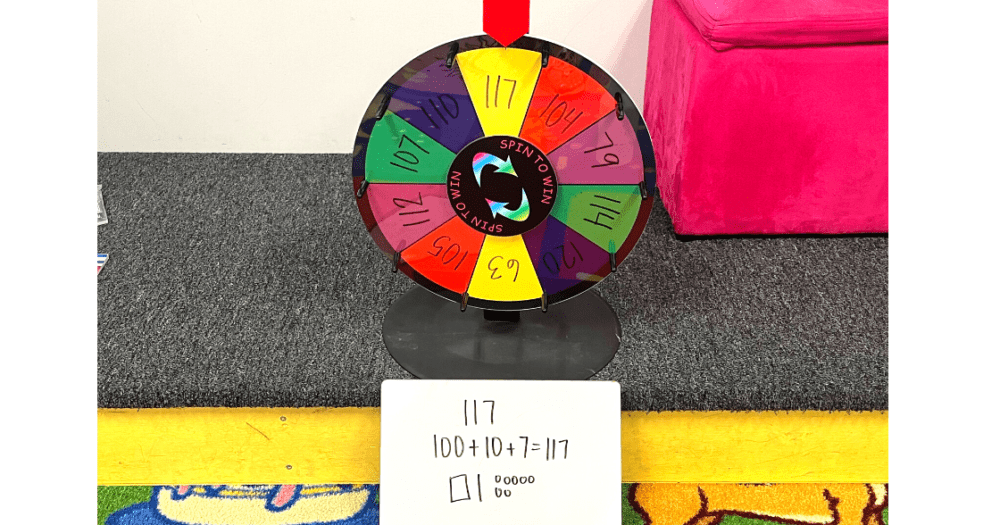
I’ve also used the prize wheel during centers, which is always a hit! You could have students spin a number then build it with base 10 blocks, spin numbers to order from least to greatest or greatest to least, spin 2 numbers to compare, or spin numbers and represent them in different ways. The possibilities are endless!
Place Value Activity #3: Base 10 Block Stamps
Another place value activity that would make a great center is base 10 block stamps. You could have a few students share the stamps at the same time. You could write some numbers on notecards that students have to stamp in their math journals (and then represent in a variety of other forms as well). This could even be paired with the prize wheel for students to spin a number and then stamp it in their journals.
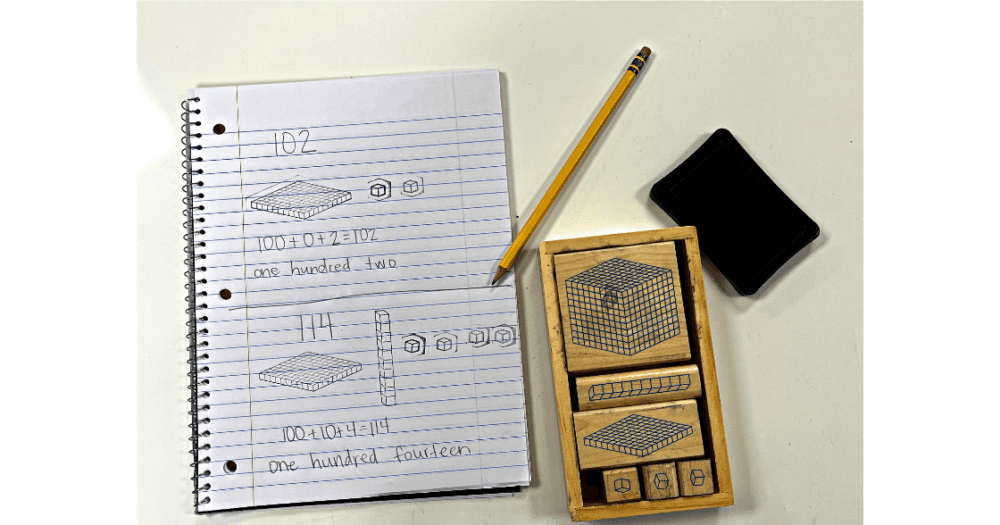
Place Value Activity #4: Boom Cards [FREE DECK]
Boom Cards are interactive, digital activities that can be accessed on tablets, computers, or interactive whiteboards. Not only are they engaging and enjoyable, but students can independently navigate through the cards, receiving instant feedback on their responses. Boom Cards have truly revolutionized my classroom, and I enjoy using them for our technology station and occasionally as independent practice.
I can have my students continue to practice skills they’ve been introduced to and receive instant feedback while I’m working with a small group. By setting diamond point goals (read more on this here), I can ensure my students get enough practice to demonstrate mastery. If I notice a student consistently falls short of the goal, I can invite that student to join a small group for additional intervention.
After we’ve learned about the different forms of numbers (standard form, expanded form, picture form, & word form), I have my students work on a Different Number Forms to 120 Boom Cards deck. The next concept we focus on is comparing numbers, so a few days later, I have my students work on a Comparing Numbers to 120 Boom Cards deck that also represents the numbers in different ways (providing practice for two concepts simultaneously). My students also work on an Ordering Numbers to 120 Boom Cards deck, where they must arrange numbers (once again, represented in various forms) from least to greatest and greatest to least.
I can truly say every year my students really have their different number forms down, and these Boom Card decks are a big reason for that. Students love doing these decks & get so much practice with seeing numbers represented in different ways and having to represent numbers themselves. You can grab all of the above referenced decks at a discount in my Place Value to 120 Boom Cards Bundle.
Again, if you’re not using Boom Cards, you’re really missing out! Since I love Boom Cards so much and think everyone should be utilizing them, you can grab a free deck below to use during your place value to 120 unit:
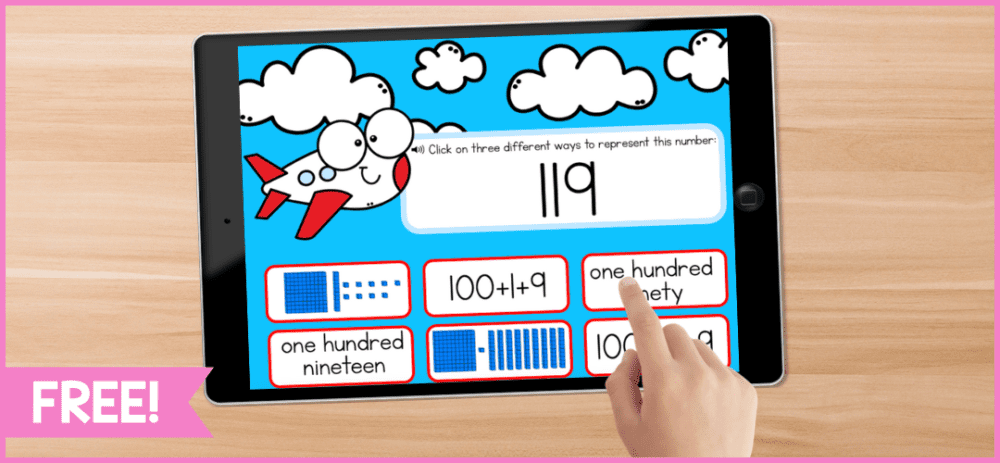
Place Value Activity #5: Place Value Match-Ups
Place Value Number Forms Match-Up is a game that helps students in recognizing and matching various forms of numbers up to 120, including standard form, expanded form, word form, and picture form. You can make cards that correspond to each of the different number forms for a range of numbers up to 120. Students can collaborate in this place value activity by picking shuffled cards and identifying all the different representations for each number up to 120. As they find matches, students can arrange all the forms for each number in a line, enhancing their comprehension of numbers up to 120 represented in different forms.
You can create this game using blank notecards or design a template in PowerPoint. If you’re seeking a more ready-made solution, you can grab my Place Value to 120 Number Forms Match-Up.
Place Value Activity #6: I Have… Who Has? Game
This game is a class-favorite, especially once you add in a little competition. Give each student a card (and if you have extra cards, you can have some students have two). Each of the cards shows different representations of numbers to 120, such as base ten blocks, standard form, expanded form, or word form.
The game begins with one student reading aloud their “I have” statement. If it says “100+10+3” at the top and “ninety-five” at the bottom, the student would say, “I have 113, who has 95?” The student who has the corresponding card with the number 95 represented in some form at the top would say “I have 95, who has…” The game continues until all the cards have been used. I love playing this game in class because it gives students practice with reading different number forms to 120 (and also gives them practice with listening & paying attention to know when their number is called).
I like to play sets of “I Have… Who Has?” more than once and time the class each time (but change the cards that students get when you play a new “round”). We then try to beat our score each time we play or reach a goal that I set, such as finishing in under 2 minutes. Let me tell you… my class goes NUTS when they beat their scores, so just adding a little competition helps engage students even more! Make sure to check out this place value to 120 game!
Place Value Activity #7: Place Value War [Free Download]
One of the first games I teach my students how to play each year is War with a deck of cards. The rules of the game are pretty simple:
- Divide the stack up between the 2 (or 3) players. Each player has their stack face down.
- Together, both students flip their top card and place it in the middle.
- Whoever has the higher card wins. They take both cards and place them at the bottom of their pile. If both cards equal the same number, each student puts 3 cards out face down in a pile and then flips the 4th card on top. Whichever card is higher then takes all the cards and puts them at the bottom of their pile.
- Keep playing until someone runs out of cards. If the game gets stopped early, whoever has the most cards “wins”.
I’ve created a free Place Value War you can grab below for your students to play in the classroom. Each card has a number up to 120 represented in a different form. Play with these cards like you would a normal war game (students just have to recognize numbers in their different forms– for example, that “80+9” is smaller than “one hundred”).
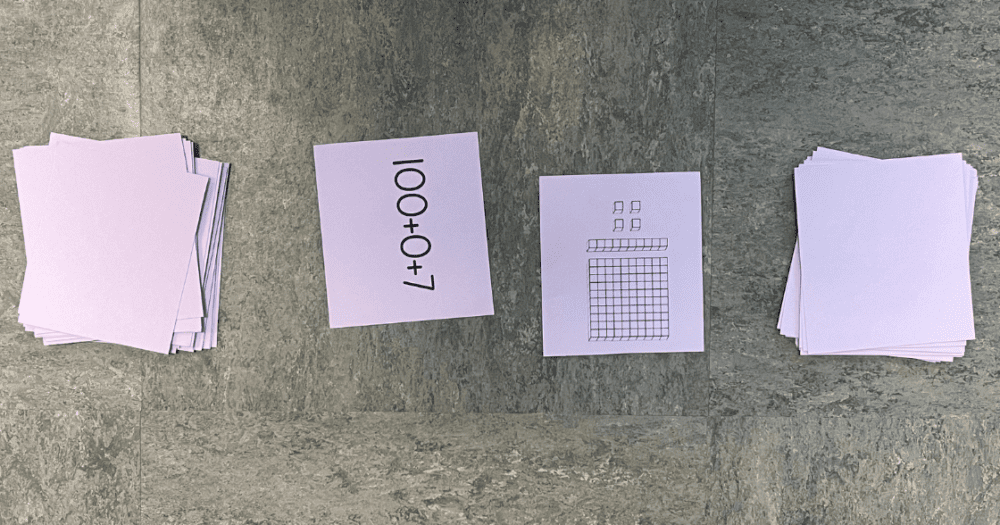
From Place Value Bingo to interactive Boom Cards, these 7 activities aim to instill a deep understanding of numbers to 120 in various forms. Engaging elements like spinning wheels, using place value stamps, and participating in whole-group games such as “I Have… Who Has?” add layers of excitement to the learning process.
Whether you’re organizing a classroom game or creating a fun place value activity for your centers, the goal is to instill a sense of playfulness in your students’ learning experience. There’s nothing better when they think they’re just playing a game (and don’t realize they’re solving so many problems). These activities not only make math fun but also pave the way for a solid foundation in place value to 120. I hope you can use one of these ideas for an engaging activity in your classroom and watch your students thrive during your place value unit!


